
The first bite of a sun-ripened tomato, home-grown and fresh from the vine, is a sweet and aromatic taste of summer you just can’t buy. Bursting with flavour, free of chemical nasties, and picked metres not miles from your door, food that you’ve grown yourself offers benefits as enticing as the harvest itself.
And as we enter a new growing year, this could all be yours within a few months – even in the smallest of gardens.
“Growing your own means that fruit and vegetables are absolutely fresh, full of goodness and taste delicious,” says grow-your-own champ, author and broadcaster Matt Biggs.
“You can grow what you like in quantity and there’s no carbon footprint. You can also grow more expensive crops like asparagus, enjoy the flavours and keep costs down – making good food affordable and accessible every day.”
For kitchen gardener and Gardeners’ World presenter Rekha Mistry, it’s freshness and flavour that make home-grown produce unbeatable.
“We can get fresh veg, seasonal or unseasonal, at the click of a button, thanks to technology. But this can sit in the cold store for weeks before arriving in the shops – so are these really ‘fresh’?” she questions.
“My definition is straight off the plant and into the pot in minutes – for fresh and true flavours.”
It’s possible to start growing food at any time, but spring is the prime moment to plan your year to ensure you have pickings in every month that’ll transform your meals.
Rekha’s advice is to sow or grow only what you love to eat, rather than what others insist you try, then build confidence by trying something new in each season to keep challenging yourself.
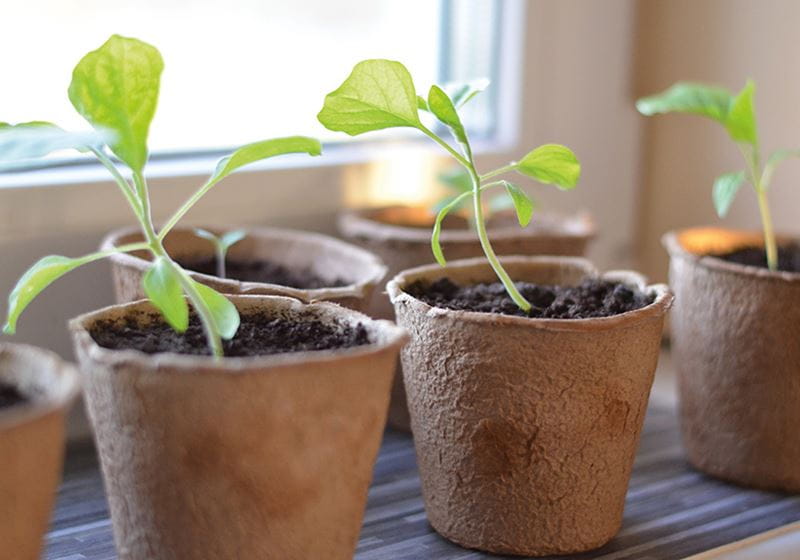
Be guided by the space you have available, though you’ll be surprised by how much you can fit in, says Matt, as edible crops don’t need to be grown in rows, allotment-style.
Get creative with new or recycled containers, growing bags, window boxes or planters on a balcony, as long as you add drainage holes so excess water can escape. If you struggle to work the ground, make life easier by adding raised beds filled with fresh topsoil. They not only look attractive but warm up quicker than the ground to deliver a longer season of crops.
“Think of your veg as ornamentals, like a French potager,” he explains. “Train runner beans over arches in your front garden – after all, they were grown ornamentally before they became an edible crop, with their striking flowers.
“Try tumbler tomatoes in hanging baskets and window boxes, herbs in upcycled crates and root veg in troughs.
“Just choose crops that fit the space or adapt to it, harvesting finger-size carrots, baby beetroot at the size of golf balls, and spring onions, which are naturally small but full of flavour.
“Where you’re short on space, prioritise fast-growing crops and those you can pick small, harvesting often and sowing fresh batches every few weeks. Salad leaves, spinach, rocket, radish and peas, plus dwarf beans and root veg picked small, all give quicker results.
“Long-growing crops such as purple sprouting broccoli, celeriac, leeks and parsnips are packed with flavour but do need dedicated ground for months – though if you love them and can give them room, go for it because, over time, they’re low-maintenance and high reward.”

Plan to harvest something every week and work back from that by noting the recommended months to sow or plant. Record timings in a notebook for an at-a-glance plan or, for a tech solution, download apps like RHS Grow or Fryd. You can also develop a crop rotation plan if you’re an intensive grower, but there’s no need to overcomplicate things – just avoid growing a crop in the same ground in consecutive years.
To save money, commit to sowing some veg from seed. File your seed packets in a shoebox by sowing month – not alphabetically – for a visual reminder.
Keep your seed-sowing kit simple: the essentials are a set of lidded, half seed trays (they are easy to carry and allow for quick turnover of seedlings), and a heated mat to boost germination – though you can do without that if you have a bright windowsill above a radiator.
Proper seed compost increases your chances of success as it’s finer than chunkier multi-purpose, which you might use in containers. If you’ve had mixed results with peat-free compost in the past, you’re not alone. It just requires a slightly different technique to get results.
“Watch the watering – peat-free composts are often dry on the surface but sodden underneath, so it’s easy to overwater,” Matt explains.
“Stick a finger in the compost and pull it out. If there are fragments of compost on your finger, it is damp enough. If your finger is clean, it needs watering.”
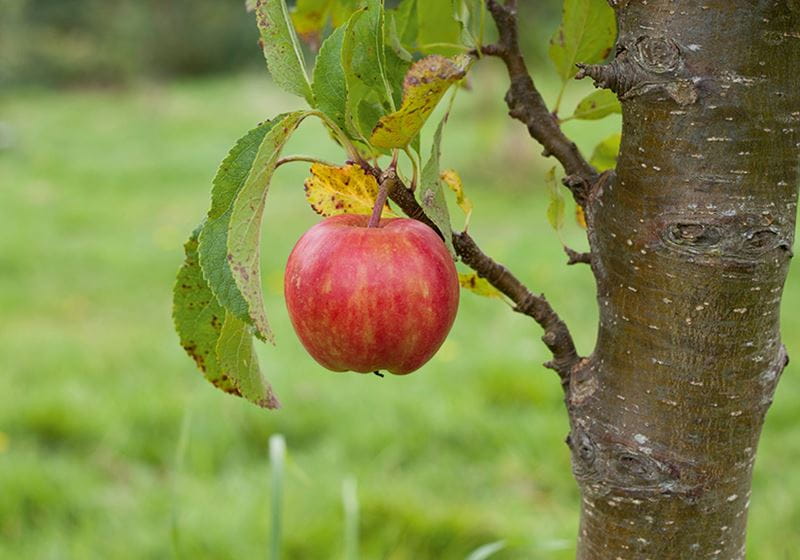
The main rules of thumb for sowing are seeds need heat, light and water to sprout and thrive; and avoid sowing too early or too much at one time. Better to sow slightly later, once weather and light improves, so young seedlings grow steadily rather than erratically in see-sawing temperatures.
Use your time until Easter to plan, order seeds, set up containers and, on good weather days, get out to improve your soil so it’s ready for you when the days warm up.
“Soil conditions matter more than vegetable varieties,” says Matt, “because anything will grow well in good soil that suits their needs. If the soil is poor, even proven varieties will struggle.”
To save himself time and effort, Matt uses the ‘no dig’ method, putting a layer of well-rotted and sieved homemade compost over the surface of the soil in winter so worms can take it down into the earth. His top tip is to do a little but often, so you’re not overwhelmed by tasks.
“It is better to spend a few minutes each day, hoeing weeds, watering and maintaining to keep everything in tip-top condition rather than leaving the plot for several days in peak season. Half an hour a day should be more than enough.”
Matt and Rekha agree that the joy isn’t just in the harvest but also the process, relishing the seasons, being in touch with nature and part of something that’s replicated in communities worldwide.
It’s also a timeless link from our parents and grandparents to the next generation, creating something healthier for all of us – with some great tomatoes to enjoy along the way.
The Secrets of Great Botanists by Matt Biggs (Exisle, £19.99) and Rekha’s Kitchen Garden by Rekha Mistry (DK, £18.99).
Lucy Hall is a garden expert, editor, presenter, podcast creator and writer. She's a trustee of the National Garden Scheme and formerly editor of BBC Gardeners' World Magazine and associate publisher of Gardens Illustrated.
View author page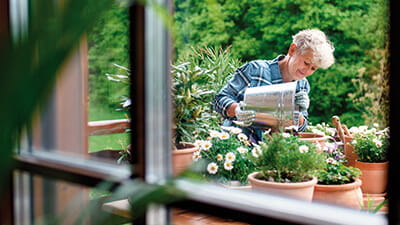

Saga Home Insurance comes with garden cover included. Find out what’s included and get tips to help secure your garden.

Every issue of Saga Magazine is packed with inspirational real-life stories, exclusive celebrity interviews, brain-teasing puzzles and travel inspiration. Plus, expert advice on everything from health and finance to home improvements, to help you enjoy life to the full.
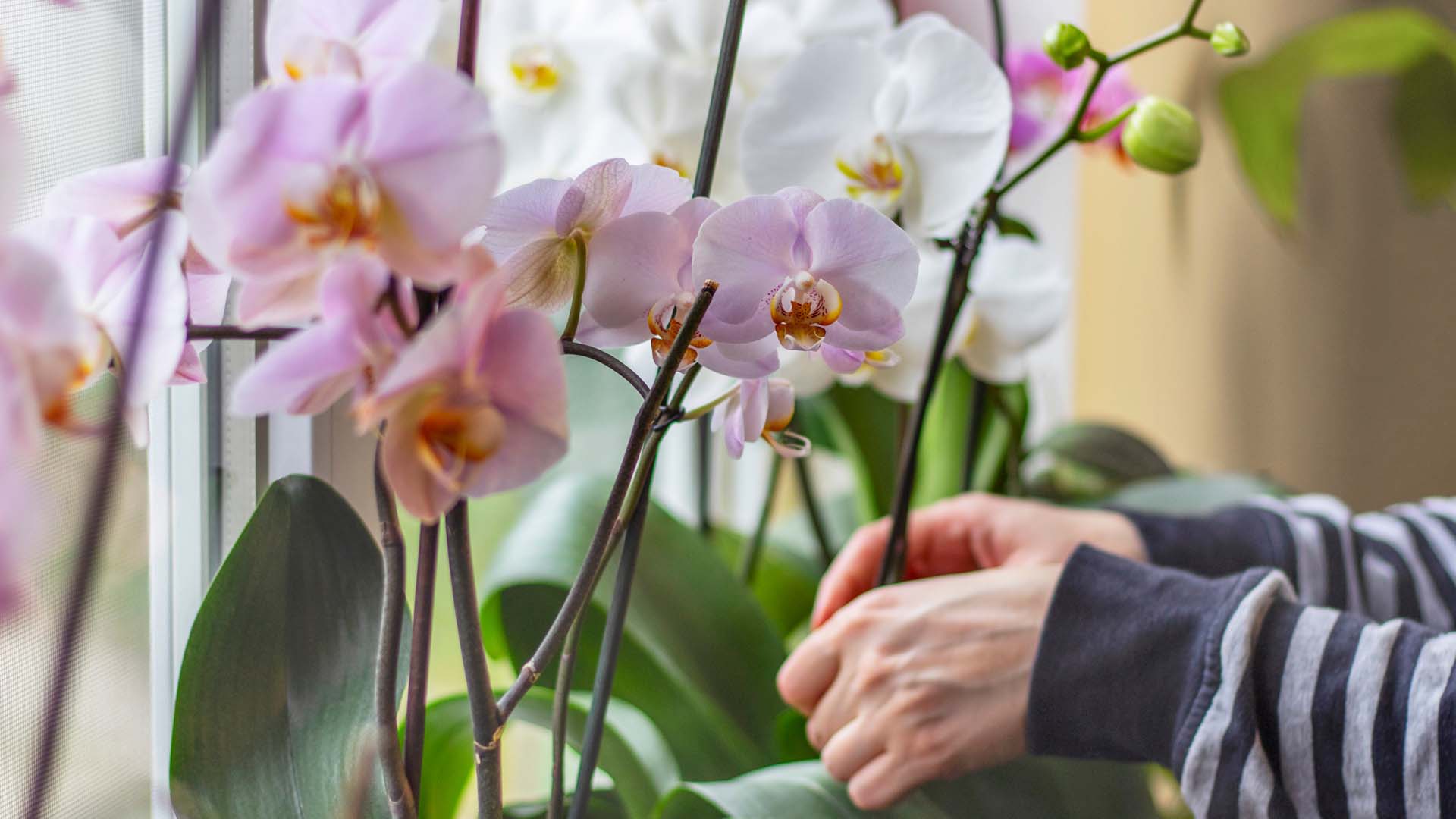
Our expert pruning and watering hacks include a top tip to keep them flowering from Alan Titchmarsh.
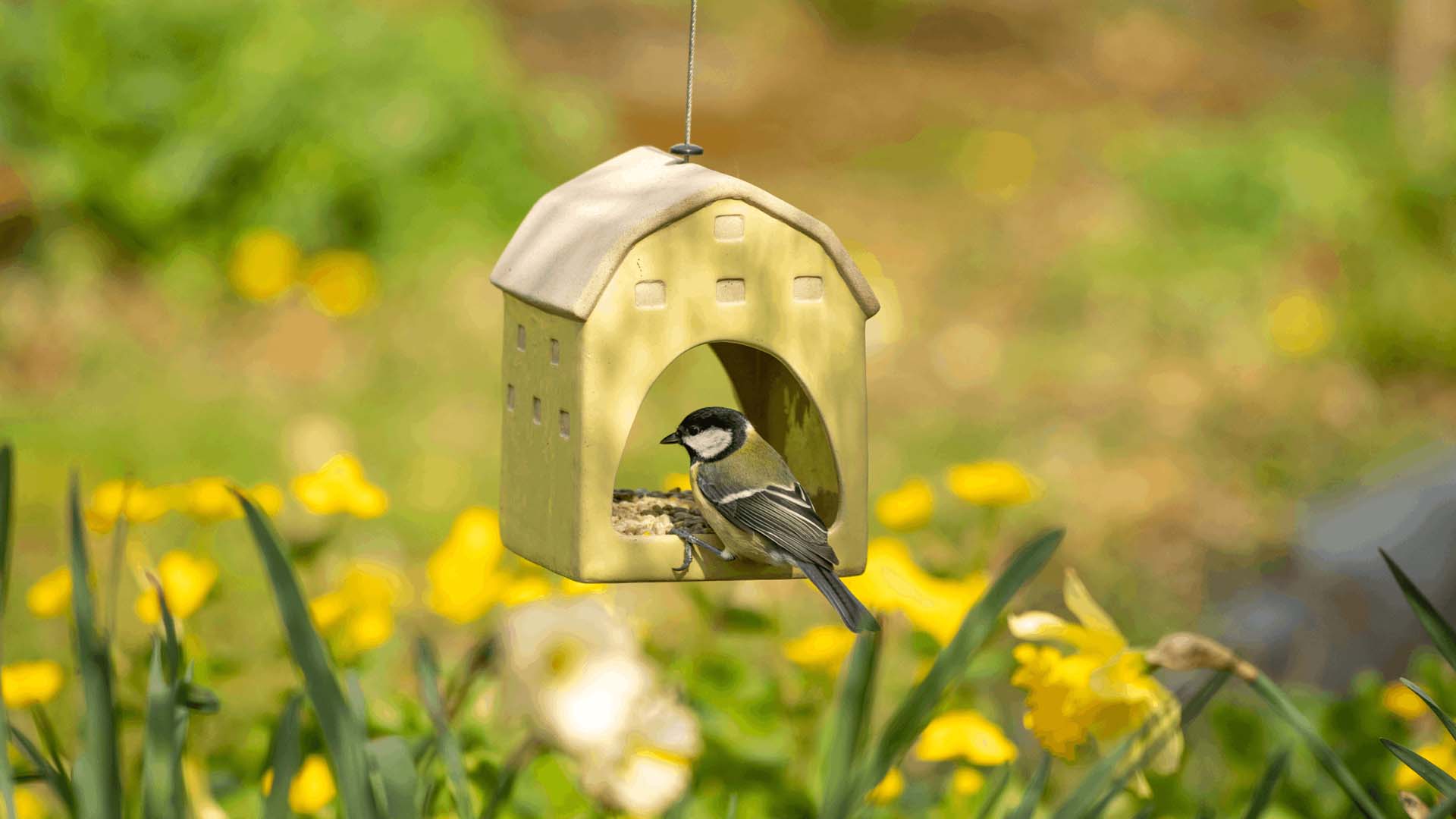
Don’t make these bird-feeding mistakes. Expert advice on how to feed birds in your garden safely.
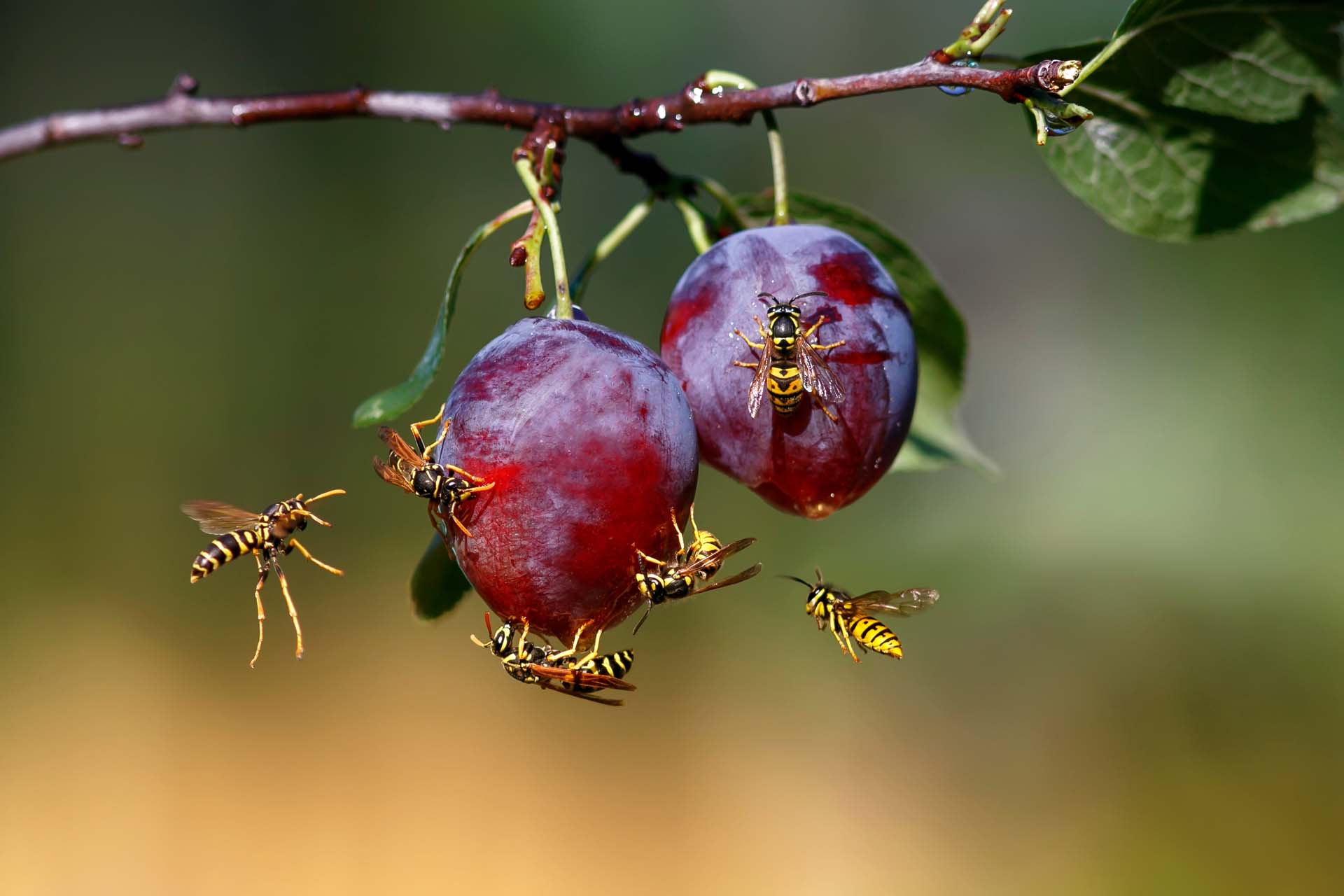
Blighted by buzzing? How to keep wasps out of your garden without harming them so you can enjoy the summer.
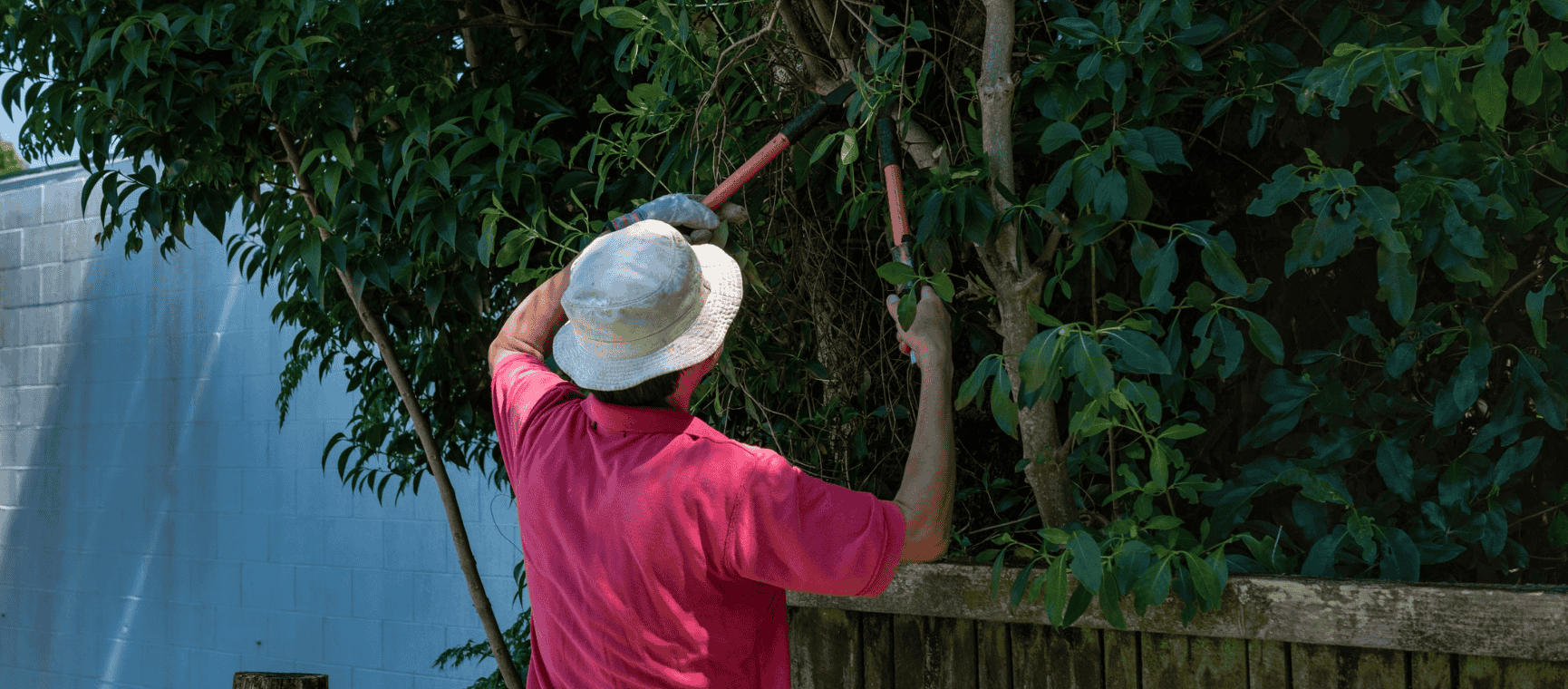
The ways you could be breaking the law in your back garden - with expert advice on how to avoid neighbour disputes, a fine or even a prosecution.
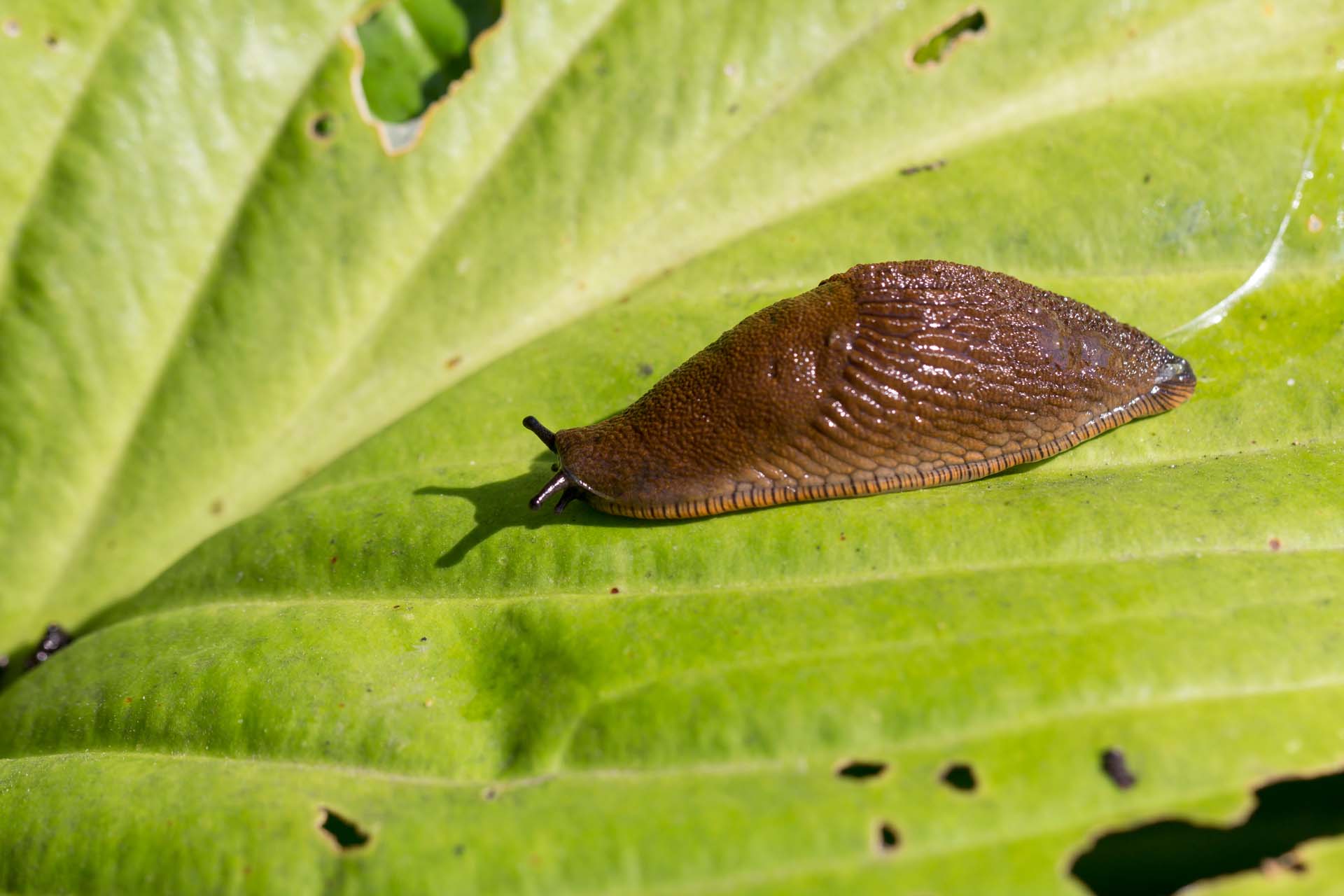
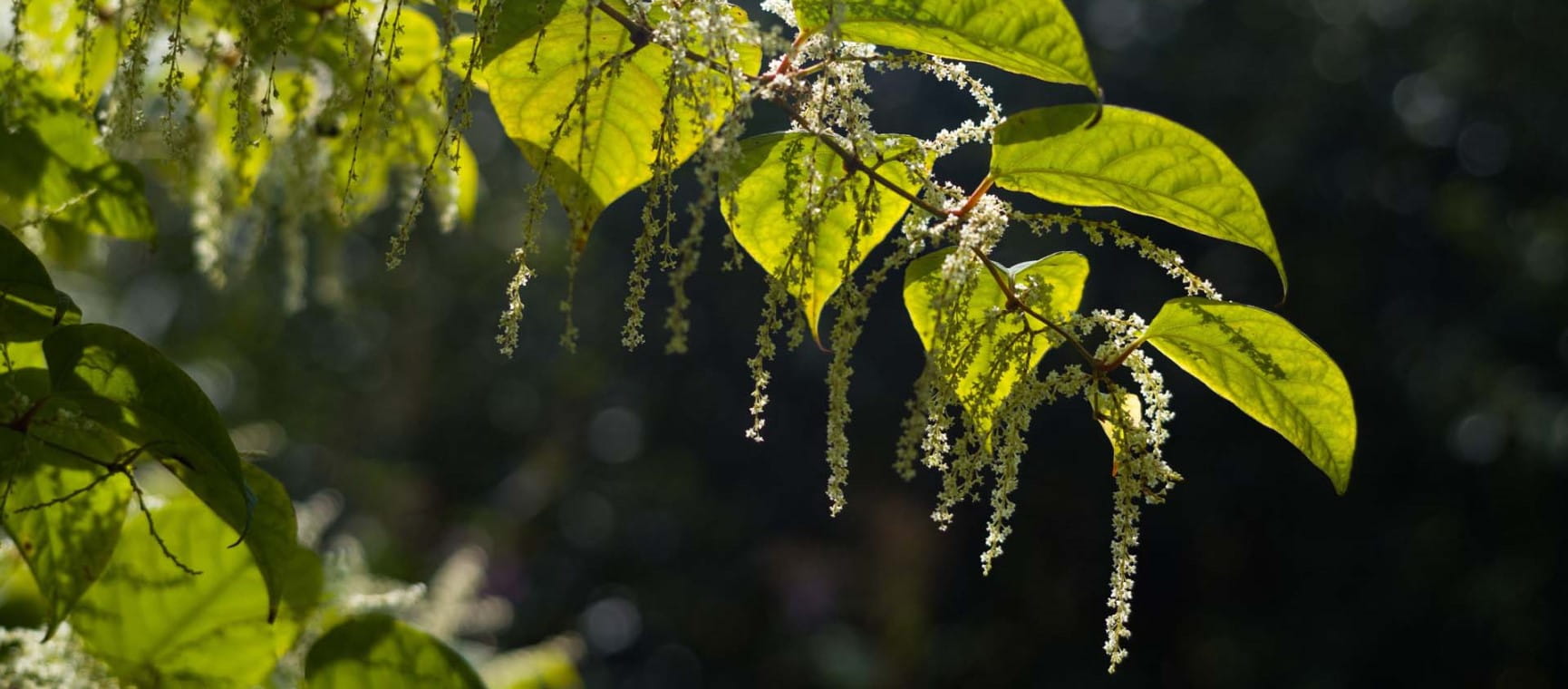
Everything you need to know about Japanese knotweed, the fast-growing plant nobody wants in their garden.